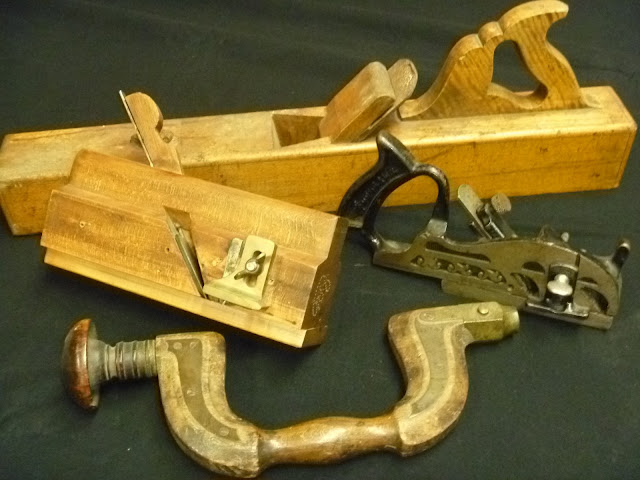It seems like everyone is working hard to pinch their pennies to try to make the money go as far as possible. So why not just hire a contractor directly and eliminate the architect from the equation? Well the first issue is
DESIGN. Just take a drive around your own neighborhood and you can easily spot the homes and remodel projects that were not designed by an architect. If your project is really simple, going directly to a builder may be your best choice. More often, our experience is the homeowner think they have figured the best way to accomplish a remodel or design their dream home but they simply do not have the expereince to draw from to provide them with a good variety of solutions to the design.
 |
| The doors open up to let the sun shine in! |
It amazes me how many times, a client has spent hours and hours on the kitchen table with a pencil or some graph paper or worse yet with an on line home design program trying to figure out the solution prior to our first meeting.
This can be really frusturating as the client often does not have a varied experience and background to draw from so they often come to our first meeting with a less than successful design solution.
 |
| This is a "Nana Wall" in shown closed |
Architecture is one of the few professions where the learning never ends, new products, code requirements or changes to style added awareness to energy efficiency all represent an ever changing field of work. In addition, each project adds more experience to the architects "bag of tricks" as they work with different clients and design goals.
This blog entry shows several uses for a "Nana Doors" where the entire wall opens up. Great for parties where there are people moving from the interior to the exterior of the home.
They vary in size (and price) as each application is different. Another way to open up a wall for the cost concious is to pair sliding doors or french doors. this will not allow the entire wall to be "opened up" but then again this solution is almost 1/10th of the cost too.
As you can see, each one of these applications is very different. Differnt locations, different views and different price ranges too.
This illustrates the advantage of working with an experienced architect as they have a wealth of knowledge and experience to draw from to provide your project with the best possible design.



















































